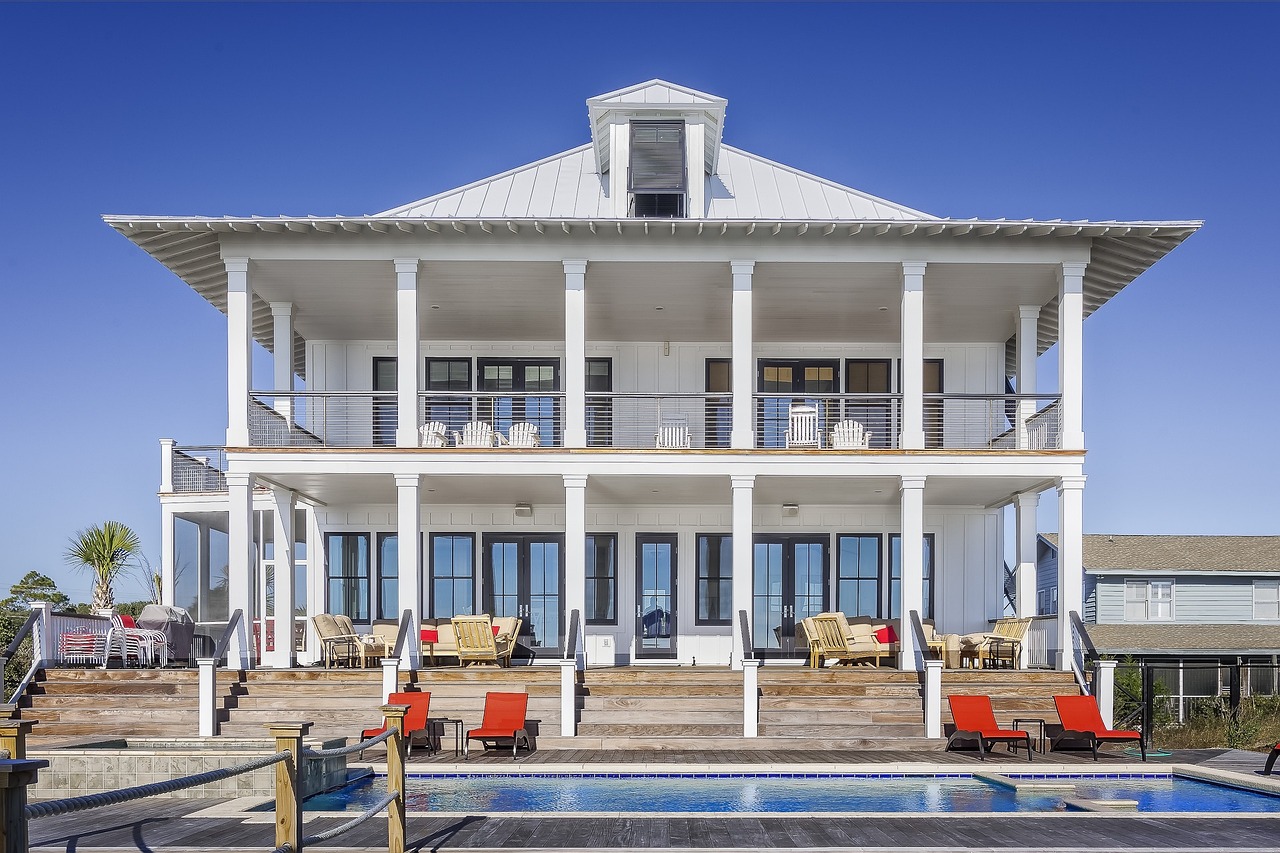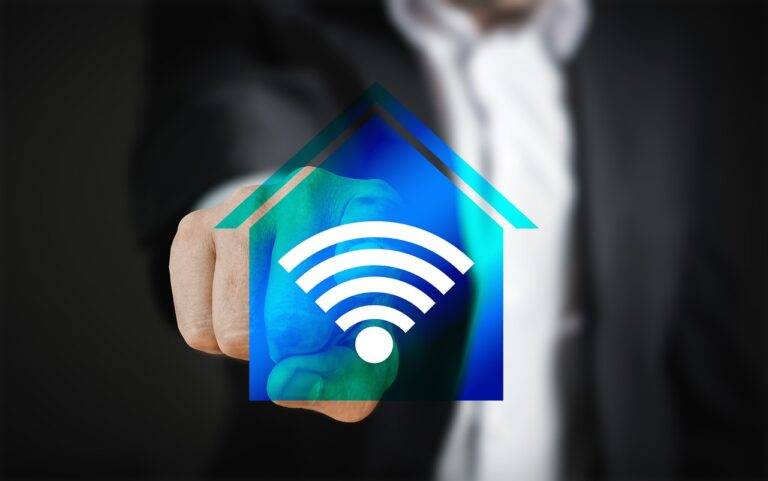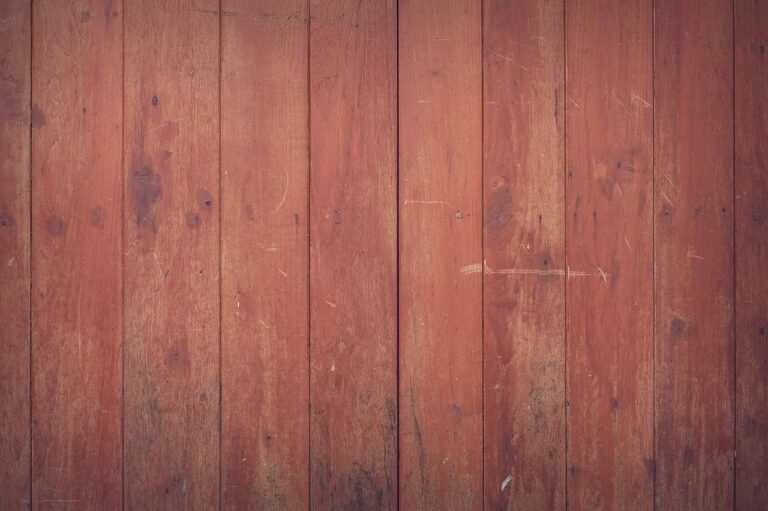Market Analysis: Emerging Trends in Home Improvement Spending
The home improvement industry is a thriving sector that encompasses a wide range of activities aimed at enhancing the functionality, aesthetics, and value of residential properties. From small DIY projects to large-scale renovations, homeowners are constantly looking for ways to improve their living spaces. This industry includes products and services related to interior and exterior renovations, landscaping, energy efficiency upgrades, and more.
With the growing trend of homeowners investing in their properties, the home improvement industry has experienced steady growth over the years. Factors such as changing lifestyle preferences, increasing disposable incomes, and a booming real estate market have all contributed to the industry’s expansion. Additionally, advancements in technology and the availability of innovative products have further fueled the demand for home improvement services.
Historical Trends in Home Improvement Spending
Home improvement spending has seen significant fluctuations over the years, influenced by various economic factors and trends. In times of economic prosperity, homeowners tend to invest more in renovations and upgrades to increase the value of their properties. Conversely, during economic downturns, there is often a decrease in home improvement spending as individuals prioritize essential expenses over discretionary projects.
The housing market also plays a crucial role in shaping historical trends in home improvement spending. When the real estate market is strong, homeowners are more inclined to invest in home improvements to enhance the appeal and functionality of their properties. On the other hand, during periods of housing market instability or decline, there is typically a decline in home improvement spending as individuals may delay or scale back renovation projects.
• Home improvement spending is often influenced by economic prosperity or downturns
• During economic prosperity, homeowners tend to invest more in renovations and upgrades
• In times of economic downturns, there is a decrease in home improvement spending as essential expenses take priority
• The housing market also plays a crucial role in shaping historical trends in home improvement spending
• Strong real estate markets lead to increased investment in home improvements
• Housing market instability or decline can result in decreased home improvement spending as individuals may delay projects
Factors Driving Growth in Home Improvement Expenditure
The rise in home improvement expenditure is largely fueled by the increasing trend towards homeowners staying in their homes longer. With the growing preference for aging in place, individuals are investing more in upgrading and renovating their current residences to meet their changing needs. This has led to a surge in spending on projects that enhance accessibility, safety, and comfort within the home.
Furthermore, the popularity of do-it-yourself (DIY) home improvement projects has contributed significantly to the overall increase in expenditure. DIY renovations have become more accessible and appealing to homeowners, thanks to the abundance of online resources, tutorials, and affordable tools. By taking on projects themselves, homeowners can save on labor costs and personalize their living spaces to better reflect their tastes and preferences.
What is the current state of the home improvement industry?
The home improvement industry is experiencing steady growth, with an increase in expenditure on home renovation projects.
What are some historical trends in home improvement spending?
Historically, home improvement spending has increased steadily over the years, with homeowners investing more in upgrading and renovating their properties.
What are some factors driving growth in home improvement expenditure?
Factors such as low interest rates, rising property values, and the desire for personalized living spaces are driving growth in home improvement expenditure.







